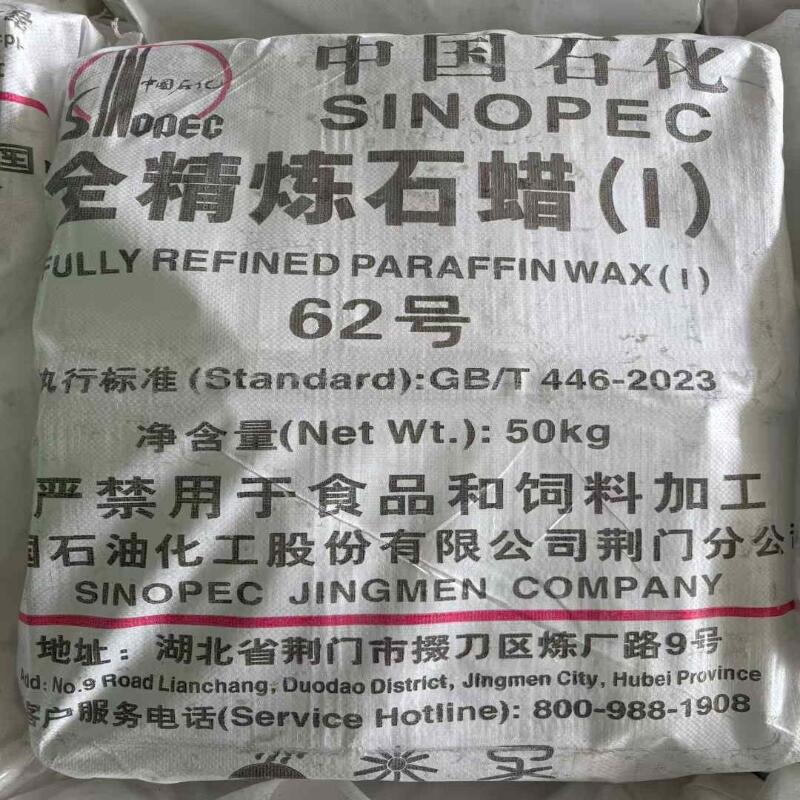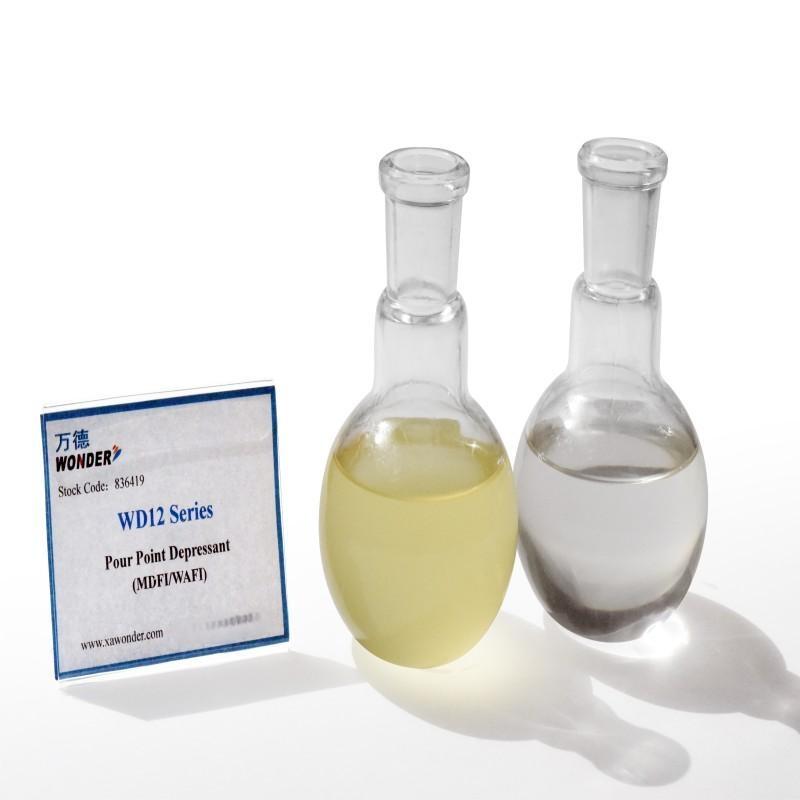-
Categories
-
Pharmaceutical Intermediates
-
Active Pharmaceutical Ingredients
-
Food Additives
- Industrial Coatings
- Agrochemicals
- Dyes and Pigments
- Surfactant
- Flavors and Fragrances
- Chemical Reagents
- Catalyst and Auxiliary
- Natural Products
- Inorganic Chemistry
-
Organic Chemistry
-
Biochemical Engineering
- Analytical Chemistry
-
Cosmetic Ingredient
- Water Treatment Chemical
-
Pharmaceutical Intermediates
Promotion
ECHEMI Mall
Wholesale
Weekly Price
Exhibition
News
-
Trade Service
CNOOC announced on the evening of October 19 that it had made another major breakthrough in exploration in the southeastern Qiongdongnan Basin of the southeastern part of Hainan Island, discovered China's first deep-water deep atmospheric field Baodao 21-1, with proven geological reserves exceeding 50 billion cubic meters, achieving the largest breakthrough in the Songnan-Baodao depression in more than half a century, and is a powerful progress
in accelerating deep-sea deep exploration.
In the field of offshore oil and gas exploration, water with a depth of more than 300 meters is generally called deep water, and wells with a depth of more than 3,500 meters are defined as deep wells
.
The Baodao 21-1 gas field discovered this time is located in the deep water area of the southeast of Hainan Island, with a maximum operating water depth of more than 1,500 meters and a completed drilling depth of more than 5,000 meters, about 150 kilometers away from the "Shenhai No.
1" ultra-deepwater atmospheric field, and the marine geological conditions are extremely complex
.
According to reports, since foreign cooperation in the 80s of the last century, CNOOC has not been afraid of complex geological conditions and explored the "treasure island" around, but has never found a large-scale discovery
.
Since entering the new era, CNOOC has used new exploration technology to move deeper and explore the "treasure island" and finally discovered a number of new favorable structures
.
Through target optimization, CNOOC researchers found that Baodao 21-1 has a tectonic background for the development of a large delta, most likely a large and medium-sized gas field
.
The first deployed pre-exploration well drilled 113 meters of gas reservoir, setting a record
for the thickest gas layer in a single well in deep water.
After testing, the daily production of natural gas is 587,000 cubic meters
.
The proven geological reserves of natural gas exceeded 50 billion cubic meters, and the proved geological reserves of condensate exceeded 3 million cubic meters
.
Wu Keqiang, chief geologist of CNOOC Hainan Branch, said: "With the deepening of the formation, the quality of basic data such as earthquakes deteriorates, the difficulty of reservoir prediction, gas content analysis and structural implementation has doubled, and the difficulty of drilling has also increased
significantly.
The successful discovery of Baodao 21-1 not only confirms the exploration potential of the Baodao sake, but also shows that we have made important breakthroughs in deepwater deep exploration technology, which has important guiding significance
for the exploration of similar strata.
”
According to CNOOC's overall plan, by 2025, the total proven natural gas reserves in the three basins of Yinggehai, Qiongdongnan and Pearl River Estuary in the South China Sea will reach 1 trillion cubic meters, and a "trillion cubic atmospheric area"
will be built.
Through the completed submarine gas transmission line of Asia's largest "Yacheng-Hong Kong", the high-quality clean energy on the seabed will be directly connected to the Guangdong-Hong Kong-Macao Greater Bay Area and Hainan Island, providing a strong guarantee
for regional construction and energy structure transformation.







